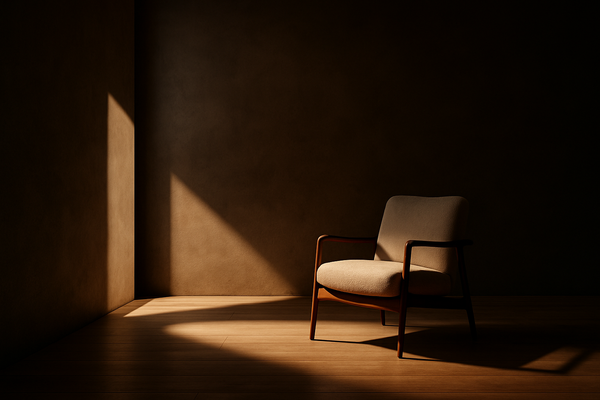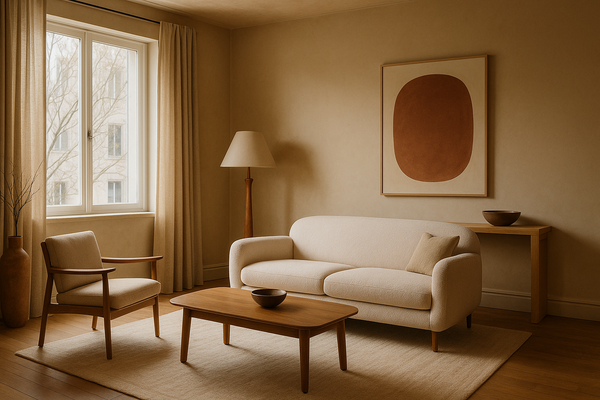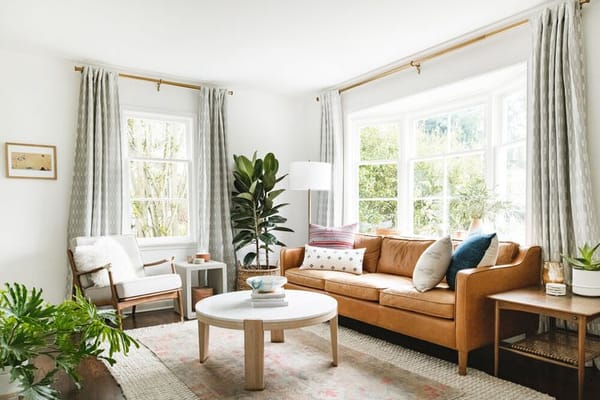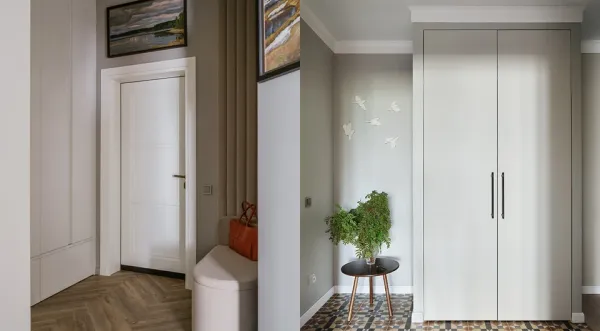Lesson 6: How to Use Texture in Interior Design - A Guide to Depth and Warmth
Texture makes a room feel alive. It adds warmth, depth, and richness to your space, even when your palette is neutral. This guide shows you how to use texture with balance and intention to create cozy, layered interiors that feel as good as they look.
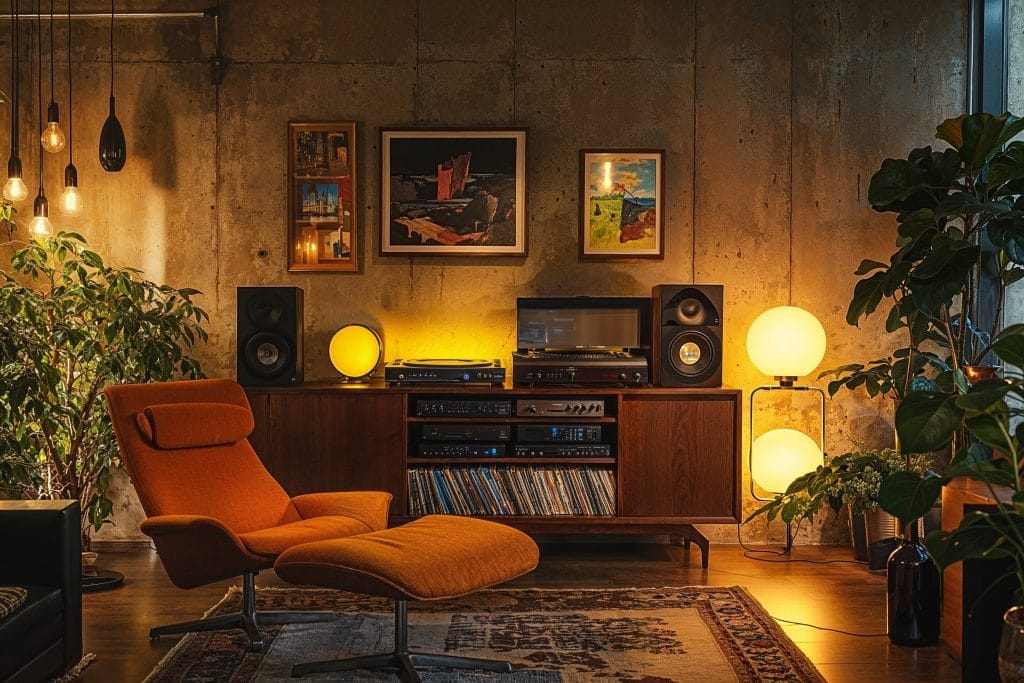
Why Texture Matters More Than You Think
Have you ever looked at a room and thought, "It's nice, but something's missing"? It might have the right colors, layout, and even beautiful furniture, and still feel flat.
That "missing" feeling? It's usually texture.
Texture is what gives a room life. It makes your space feel warm, layered, and real. It's not just about what you see, it's also about what you feel. Smooth, rough, soft, cold, fuzzy, or hard, your body responds to all of it, even if you don't notice it right away.
Texture creates contrast, interest, and comfort. It turns a house into a home.
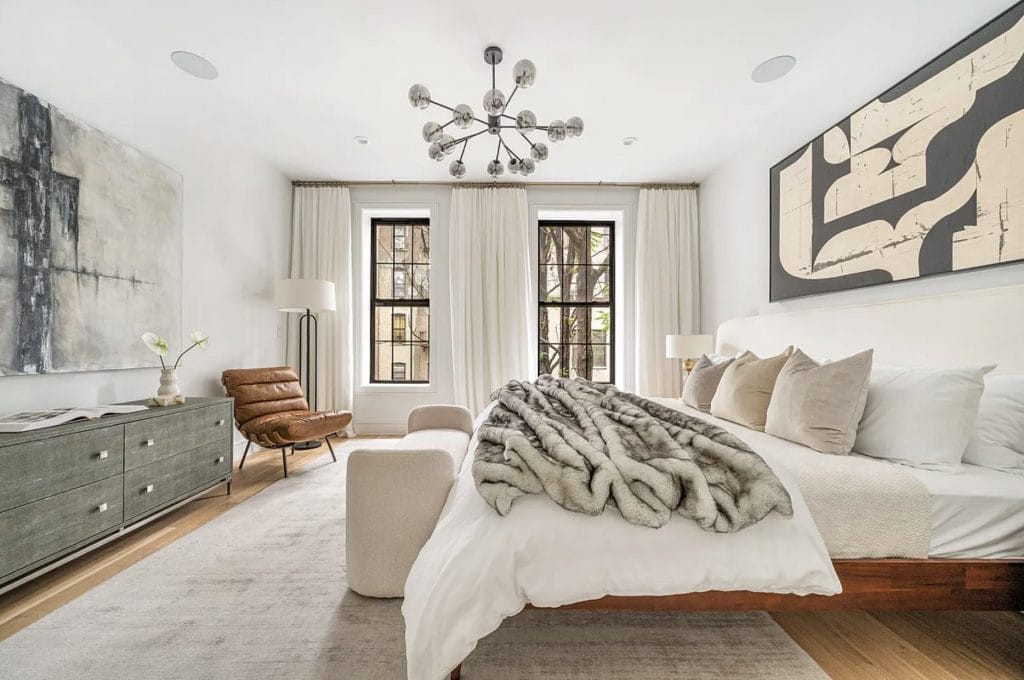
What is Texture in Interior Design?
In simple words, texture is how something feels, or how it looks like it feels.
You can divide it into two types:
- Tactile texture: what you feel with your hands (like a fluffy pillow or a cold marble counter)
- Visual texture: what your eyes read as textured (like a brick wall or woven fabric)
A room without texture is like food without flavor; it might look good, but it doesn't feel satisfying.
Let's look at how to bring more texture into your home in a beautiful, balanced way.
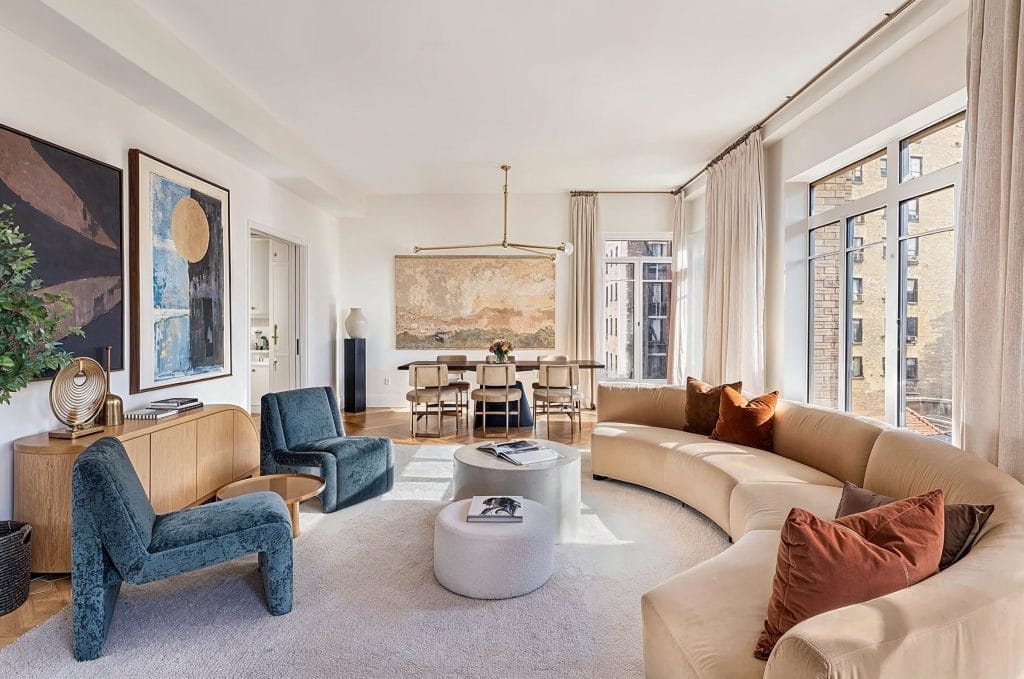
1. Layer Soft with Hard
Contrast is the first rule of good texture.
If everything is soft, it becomes boring. If everything is hard, it feels cold.
The key is to mix soft and hard surfaces:
- A linen or velvet sofa beside a Stone or wood coffee table
- A metal chair on top of a chunky woven jute rug
- Soft cotton curtains against a smooth concrete floor
- A fuzzy wool pillow on a leather armchair
When opposites meet, hard and soft, smooth and rough, your room feels grounded. Each texture brings out the best in the order.
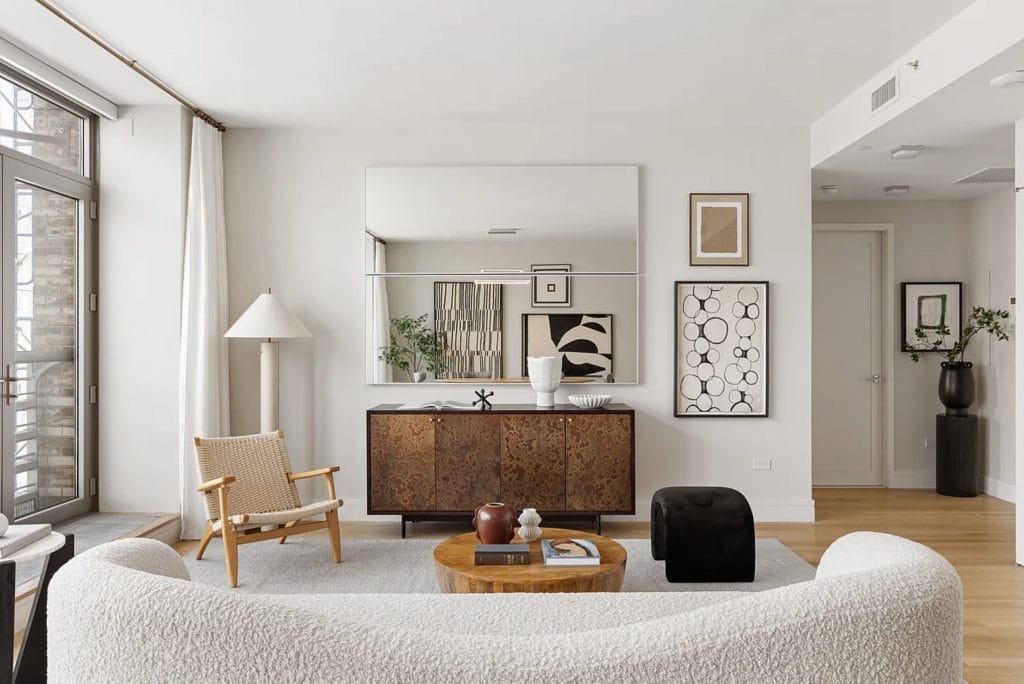
2. Contrast Matte and Glossy
This trick brings depth, especially in modern or minimalist spaces.
Examples:
- A matte-painted wall with a shiny ceramic vase
- A flat couch fabric with a lacquered side table
- Raw wood shelves with glossy photo frames
It doesn't need to be extreme, just a little shine in the right place makes everything else feel more interesting.
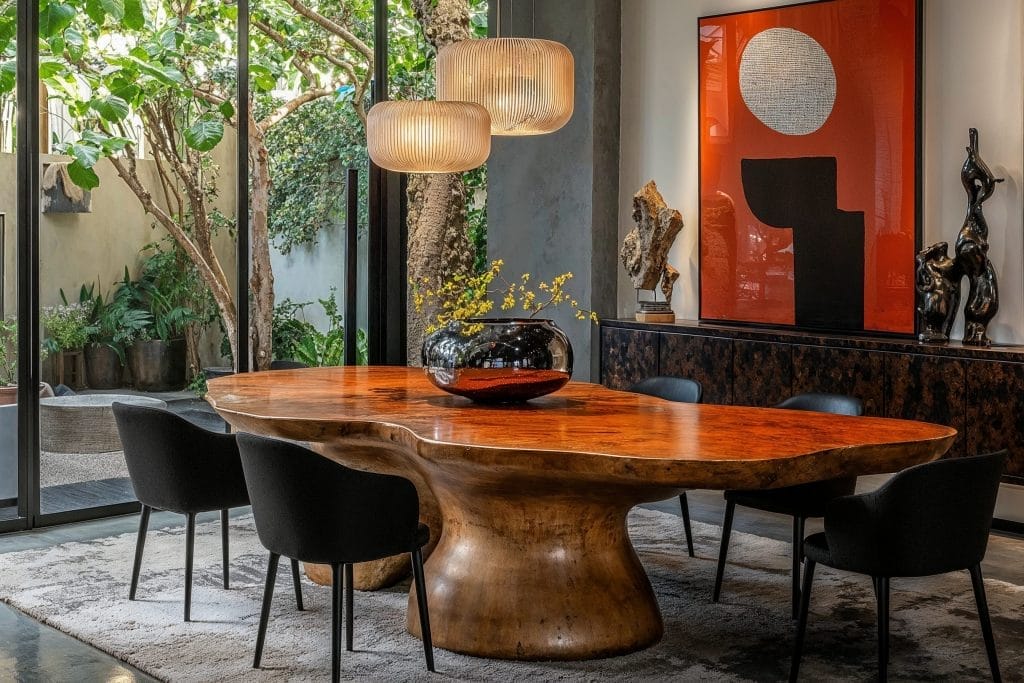
3. Use Natural Materials (Always Works)
Nature is full of texture. Even when color is neutral, natural materials add warmth, age, and richness.
Here's what to bring into your space:
- Wood grain: floors, beams, tables
- Stone: marble, travertine, clay, or slate
- Linen & cotton: bedding, curtains, cushions
- Leather: on chairs or even small trays
- Jute & rattan: for rugs, lampshades, storage baskets
- Ceramics: handmade pottery adds perfect imperfection
These materials never go out of style, and they feel good on the skin.
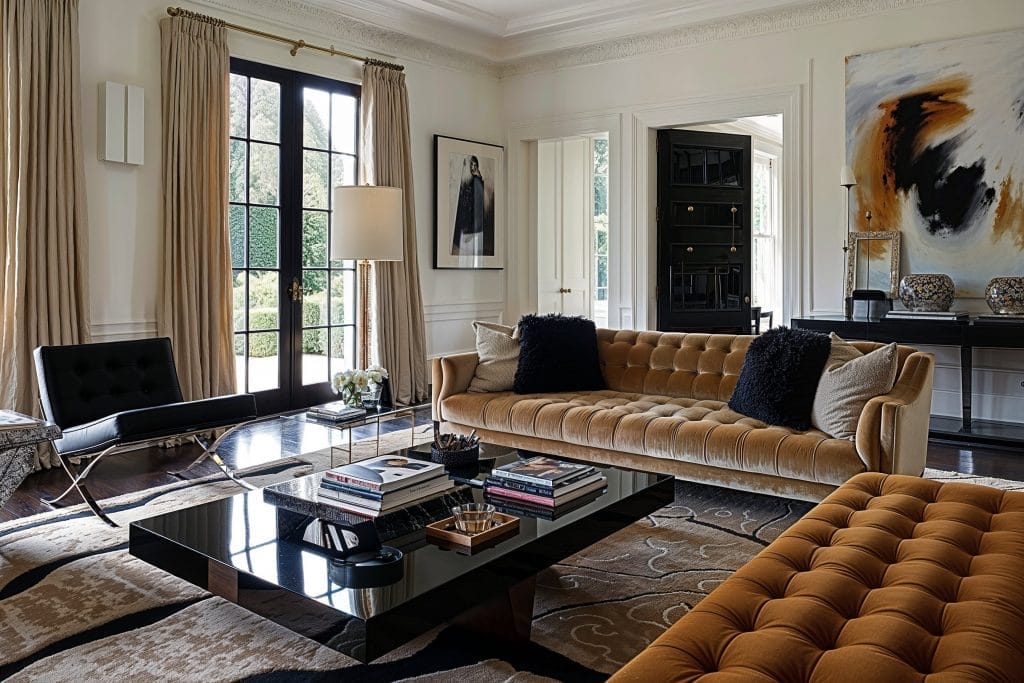
4. Avoid "One-Note" Rooms
A one-note room means everything is the same, all smooth, all shiny, or all flat.
This can happen easily when we play it safe with color and surfaces.
Break it up by adding at least 3 types of textures per room:
- Base texture: like painted walls or large furniture
- Layer texture: like rugs, throws, or wood surfaces
- Accent texture: like vases, books, ceramics, or wall art
For example:
A white room with a soft linen sofa, wool rug, raw wood table, and a glass vase = cozy, not boring.
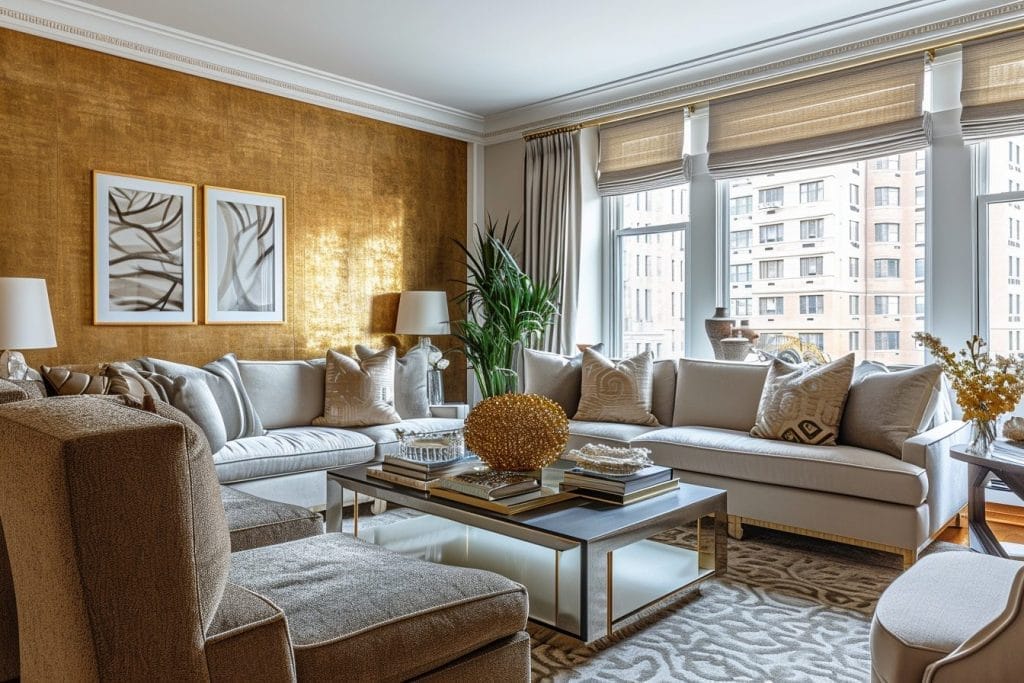
5. Think With Your Hands, Not Just Your Eyes
When decorating, we often focus on what looks good in photos.
But homes aren't just for looking, they're for living.
Think about how things feel:
- Is your couch inviting to sit on?
- Is the bedding soft against your skin?
- Do you have something cozy to wrap yourself in?
Even one boucle cushion or a waffle-textured blanket can completely change how your room feels.
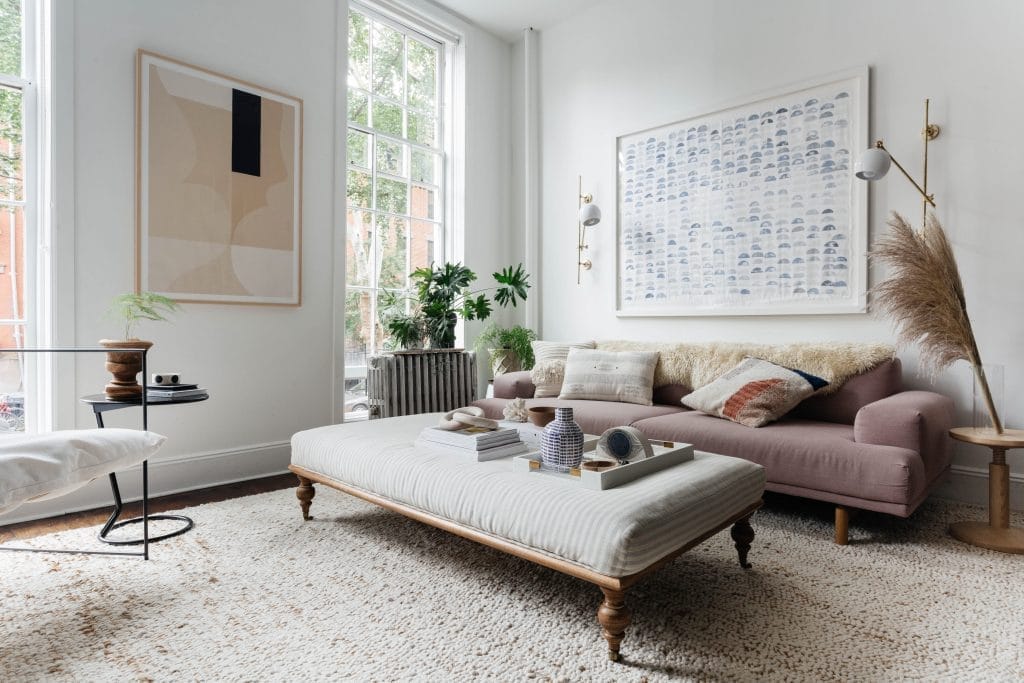
6. Use Texture to Add Depth in Small Spaces
In smaller rooms, you may not have space for big design moves, but texture can still do the work.
Some easy wins:
- Add a textured wall panel or wallpaper
- Hang a woven wall hanging or textile art
- Use layered bedding with different materials
- Place a rough wooden stool next to a smooth white bathtub
- Choose light-filtering curtains with a visible weave
Texture tricks the eye. It makes small spaces feel richer and deeper, not tighter.
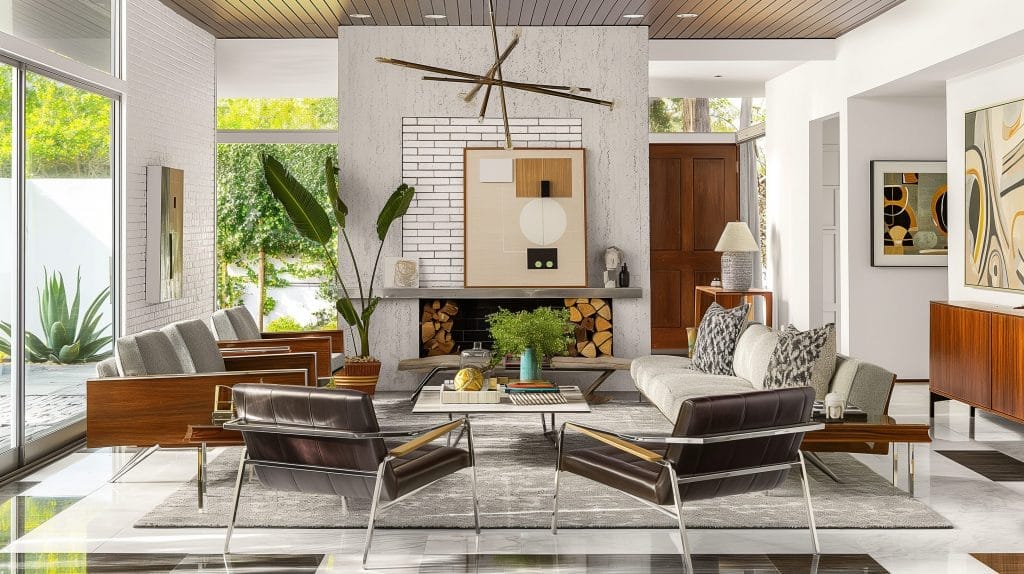
7. Touch of Nature = Instant Warmth
Natural spaces are elegant, but they can also feel lifeless without texture.
If you love beige, white, or gray palettes, here's what to do:
- Mix materials: cotton + linen + wool
- Add visible grain: raw wood, stone, handmade ceramics
- Play with surface shine: matte + satin + glossy
- Use tone-on-tone layering: light beige + darker beige + wood brown
Texture brings dimension to neutrals. It's what keeps them from feeling empty.
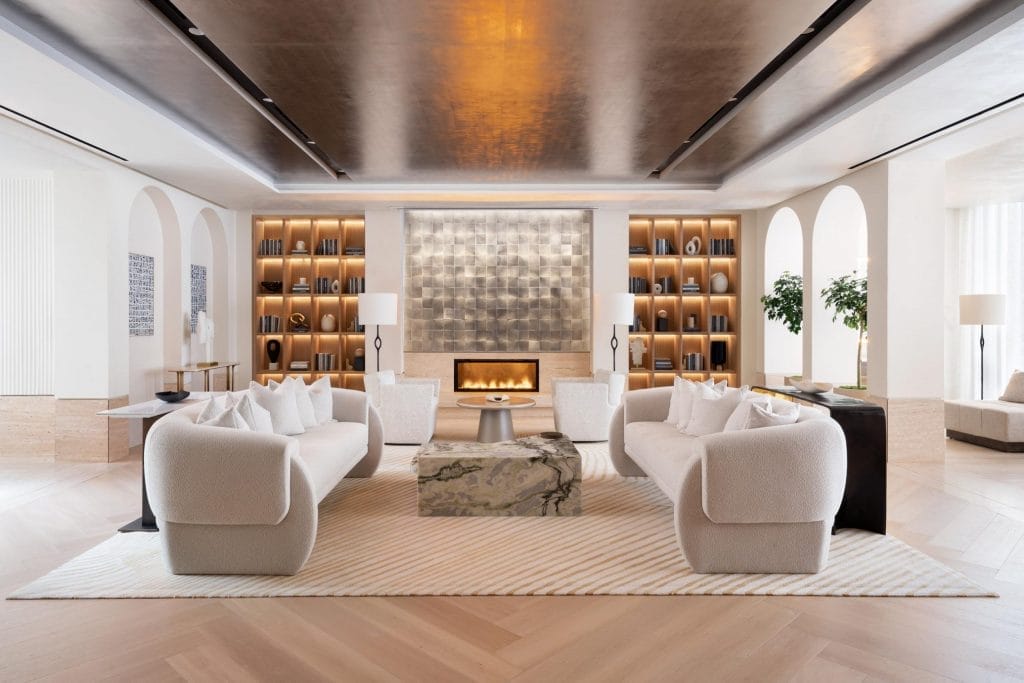
8. Touch of Nature = Instant Warmth
Bring the outside in with texture.
Ideas:
- A dried branch in a raw ceramic vase
- A stone tray to hold candles or matches
- A wool or jute rug that feels solid underfoot
- Linen napkins or tablecloths for a natural touch at meals
Even if your space is modern, small organic textures give it soul.
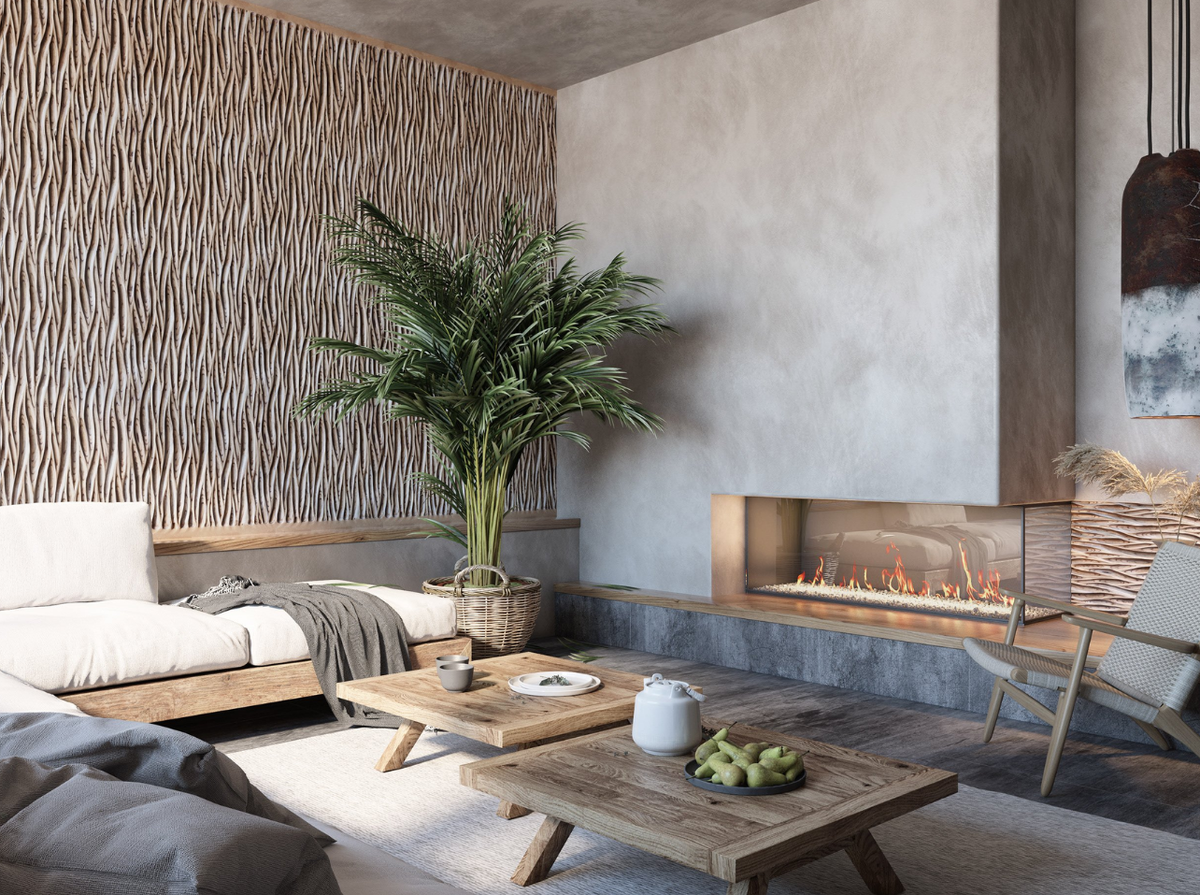
9. Use Textiles to Soften Edges
One of the easiest ways to add texture is with fabric.
Try:
- Layered cushions with different materials (cotton, boucle, velvet)
- Throws on the back of a chair or armrest
- Long curtains that puddle slightly on the floor
- Woven poufs or fabric ottomans
Textiles soften the mood of a room. They signal rest and comfort.
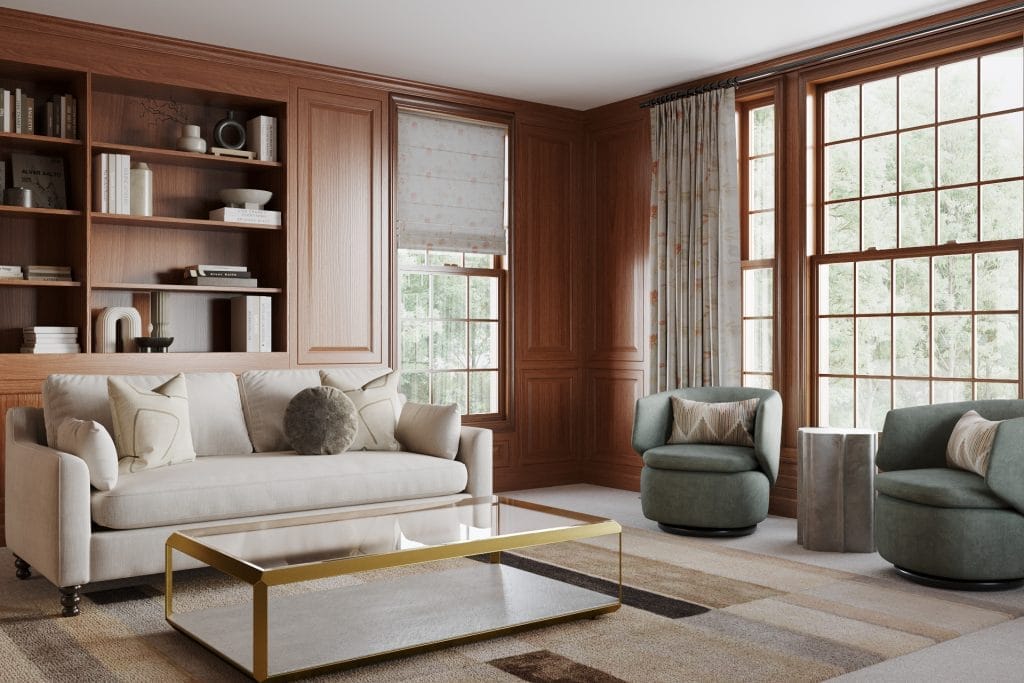
10. Let It Breathe - Don't Overcrowd
Too much texture becomes clutter.
Balance is key:
- Mix a few textures in each area, not every item needs to "pop"
- Leave some smooth, empty surfaces for contrast
- Use a tight color palette to keep everything calm
Good texture feels thoughtful, not noisy.
Example Moodmoard
Imagine this:
This is not a bright or colorful space, but it feels rich, warm, and welcoming. That's the magic of texture.
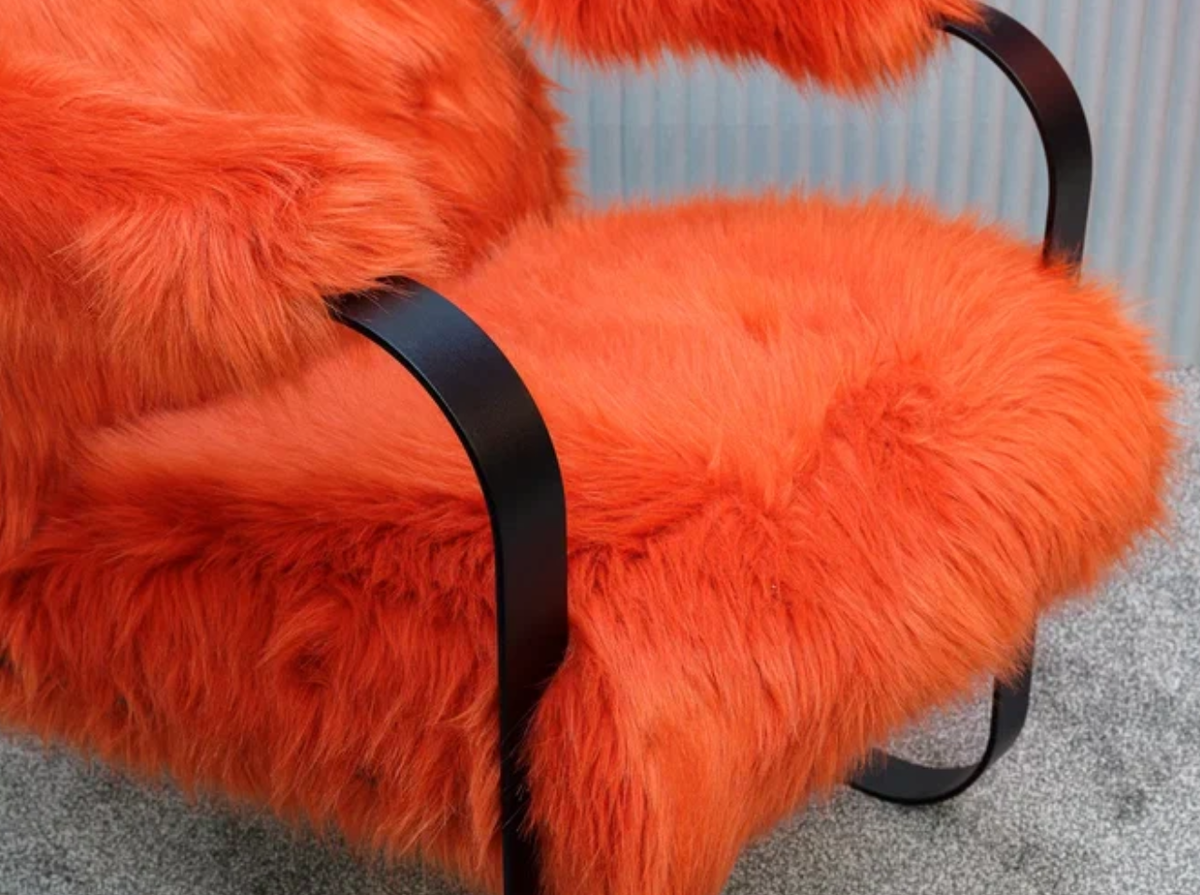
My Final Thoughts: Let the room touch you back
Texture is emotional.
When we surround ourselves with surfaces that feel real, that age beautifully, that ask to be touched, our space starts to care for us.
It feels alive.
In the end, great interior design isn't just what looks good.
It's what feels good to live inside.
Start small:
- Swap one flat item for something tactile
- Let your hands choose your next pillow or throw
- Mix rough and smooth, shiny and matte
And your home will begin to speak softly, through every surface.

